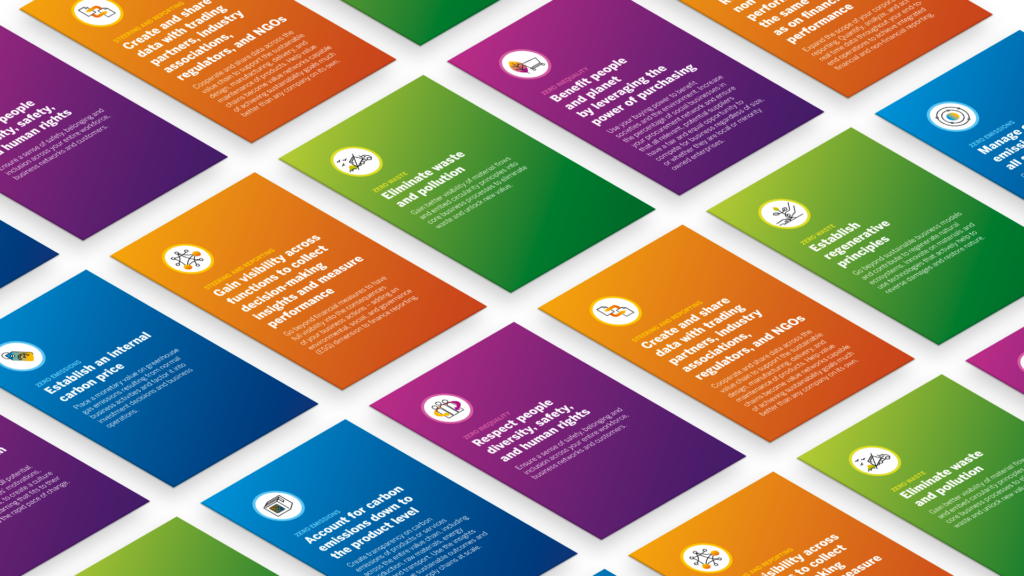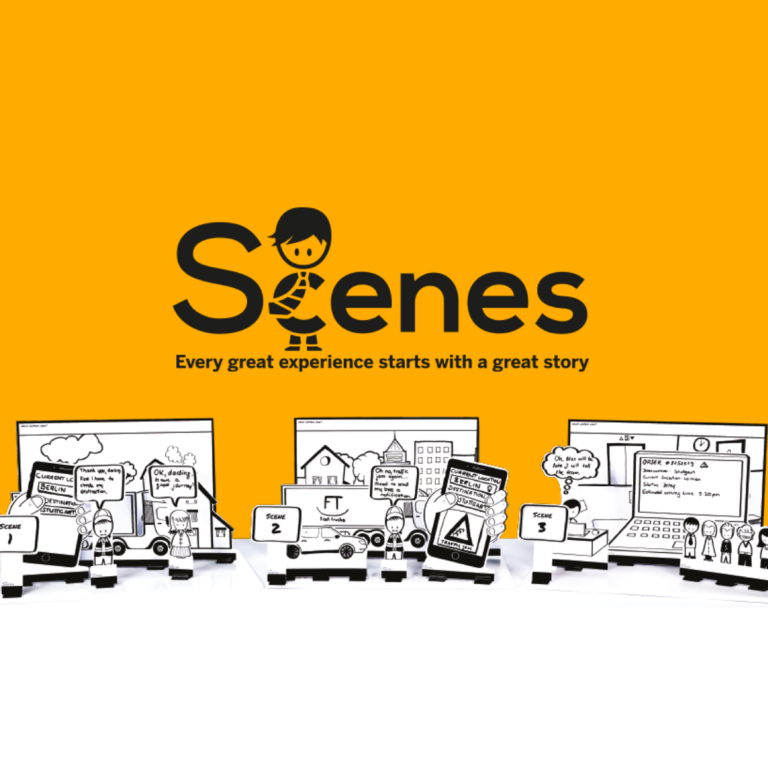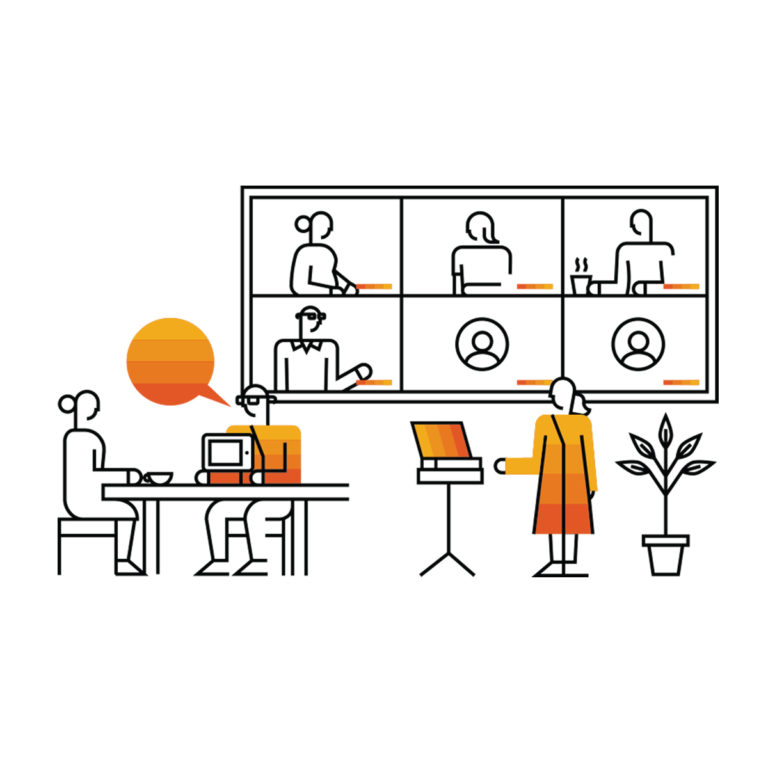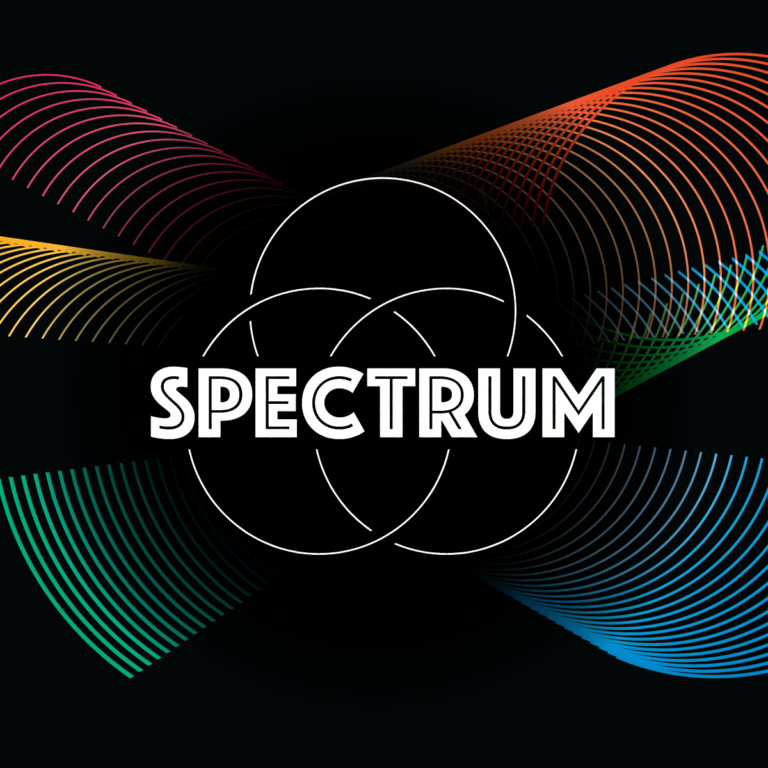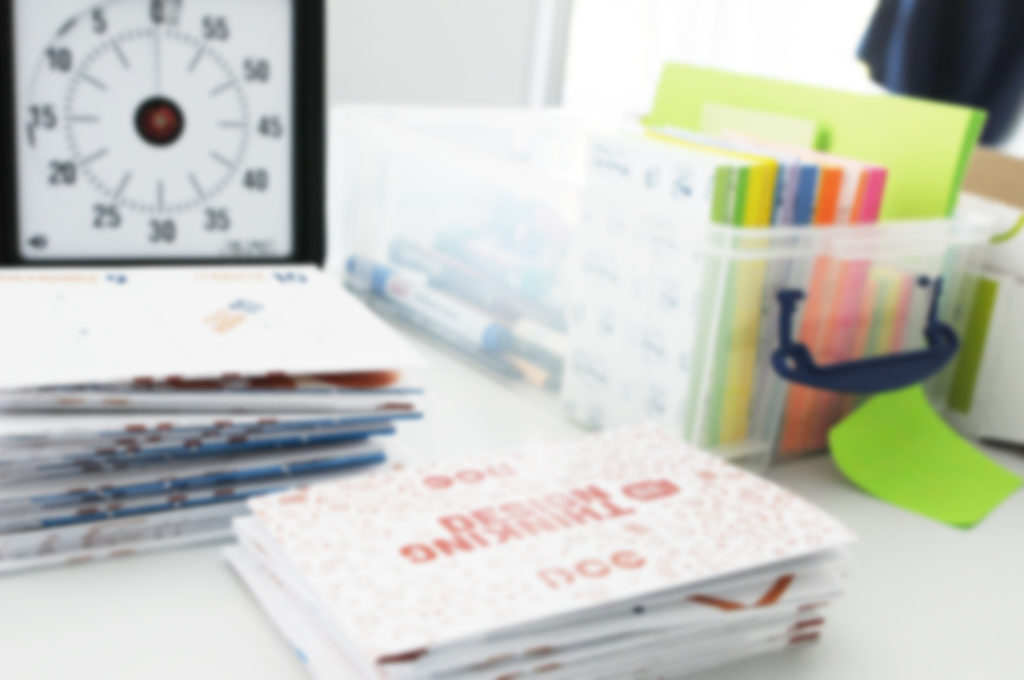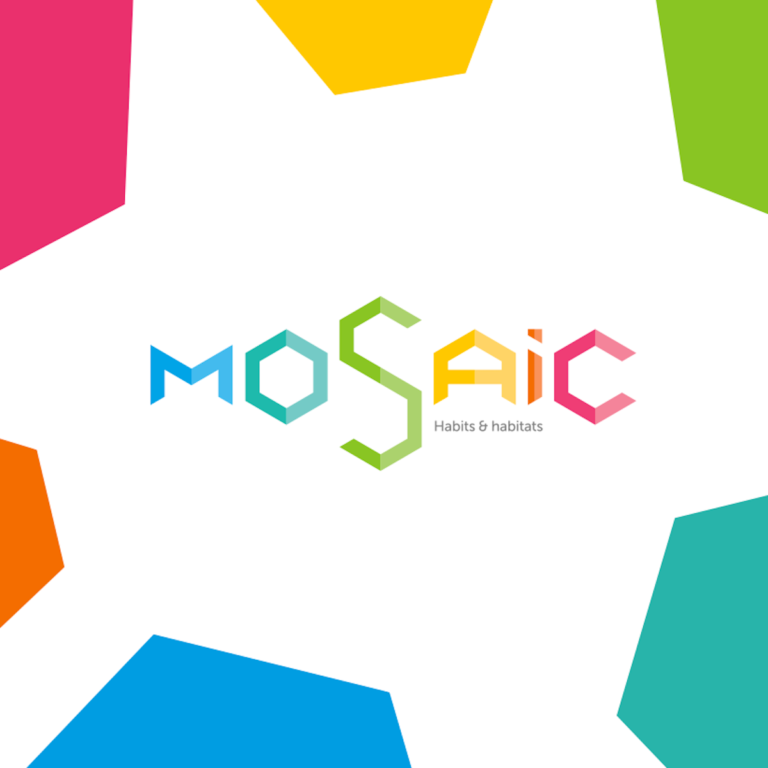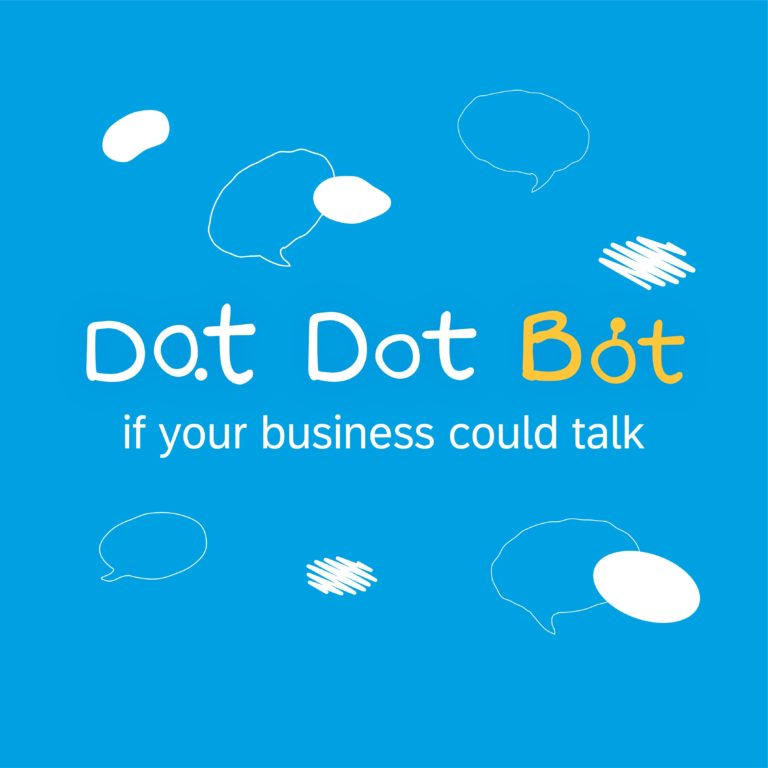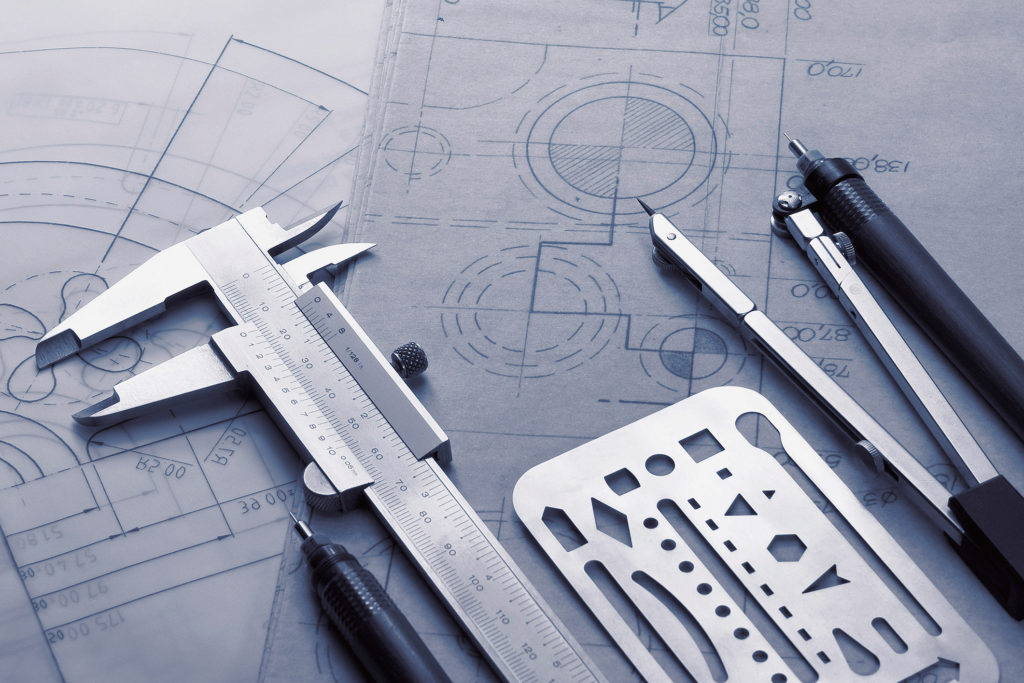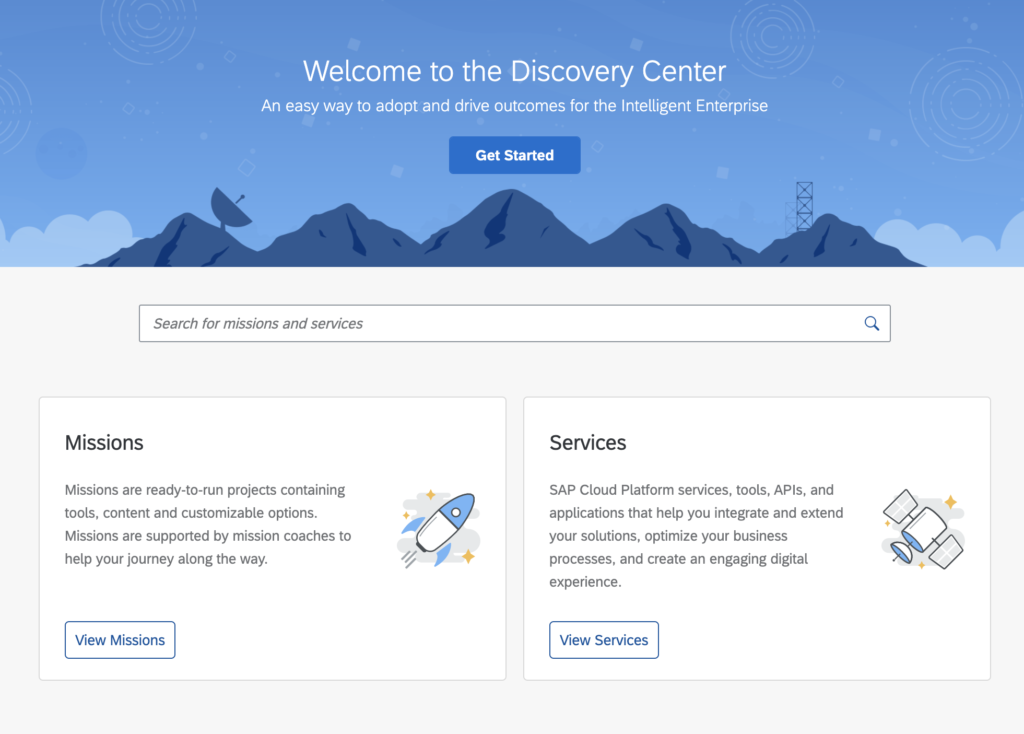Methods
Practice Human-Centered Innovation Step by Step
People
People are at the core of innovation. Organizations can enable people with the right skills, mindsets, and competencies for creativity and collaboration. Our methods and offerings help people grow as innovators.
Process: SAP’s Human-Centered Approach to Innnovation
SAP’s Human-Centered Approach to Innnovation is an end-to-end process that supports the entire innovation lifecycle: from the generation of novel business ideas to the development and delivery of high value solutions. Here you will find methods to apply SAP’s Human-Centered Approach to Innovation at every stage of your project.
Explore Opportunities
The goal of the Explore phase is to identify the most valuable business challenges and use-cases to focus on together with your key business and IT leaders. The resources below will help you to complete this phase.
Place
Winston Churchill once said, “We shape our buildings, and afterward, our buildings shape us.” As organizations begin practicing innovation, they need to be surrounded by spaces that support creative work. Our methods help customers turn spaces into creative places.
Discover Challenges
The goal of the Discover phase is to gain a deep understanding about the challenges to solve through observation, interviews and market research. Here you will find different resources to help you through this phase.
Leadership
A culture of innovation can only flourish when it’s supported by the organization’s leadership. Executives and middle management need to have a human-centered mindset to empower their people and nurture practices for innovation. Our methods create awareness and help leaders grow creative mindsets and competencies.
Design Innovations
The goal of the Design phase is to identify the best solution ideas and convert them into tangible prototypes that can be validated by end-users and other stakeholders. Here you will find different resources to help you through this phase.
Deliver Solutions
Develop the architecture solution and deliver value for your end users by leveraging SAP Business Technology Platform. Here you will find different resources to help you through this phase.
Technology
Technology is foundational to practice continuous and scalable innovation. SAP Business Technology Platform provides unified data management to connect, discover, and orchestrate data; intelligent technologies and analytics to improve analytical and transactional workloads; application services to simplify extension and integration across the intelligent suite. Here you can find resources on SAP Business Technology Platform technologies, and SAP UI technologies.
Methods to Understand your Business
Methods to Understand People
Methods to Generate Ideas
Methods to Prototype Solutions
Design Thinking
SAP’s Human-Centered Approach to Innovation starts with Design Thinking, empathizing with the end-user to discover their needs. Design thinking is a mindset and a creative, human-centered approach that leverages empathy, collaboration, rapid prototyping, and continuous feedback to tackle problems. The methods in this section will equip you and your team to develop competency around these pillars.
Architecture Thinking: The Lean Architecture Toolkit
Architecture Thinking uses the data, processes, and system components to assess how the solution will be scaled from both technology and business perspectives. These methods will help you run and scale your solutions.
